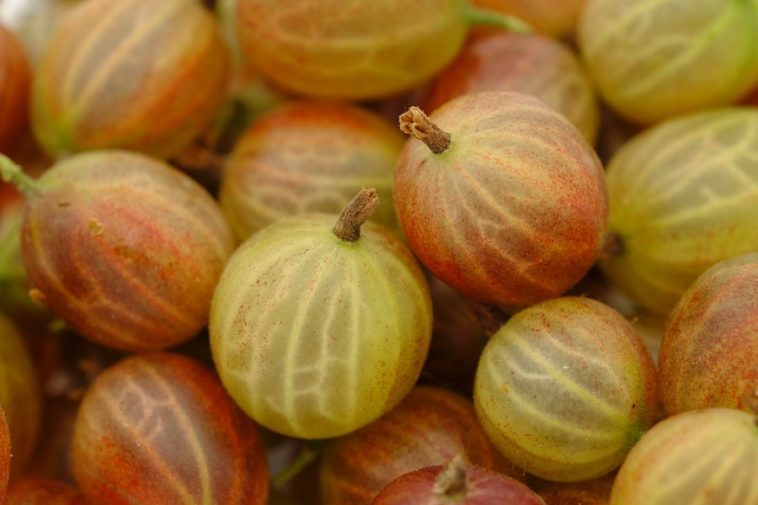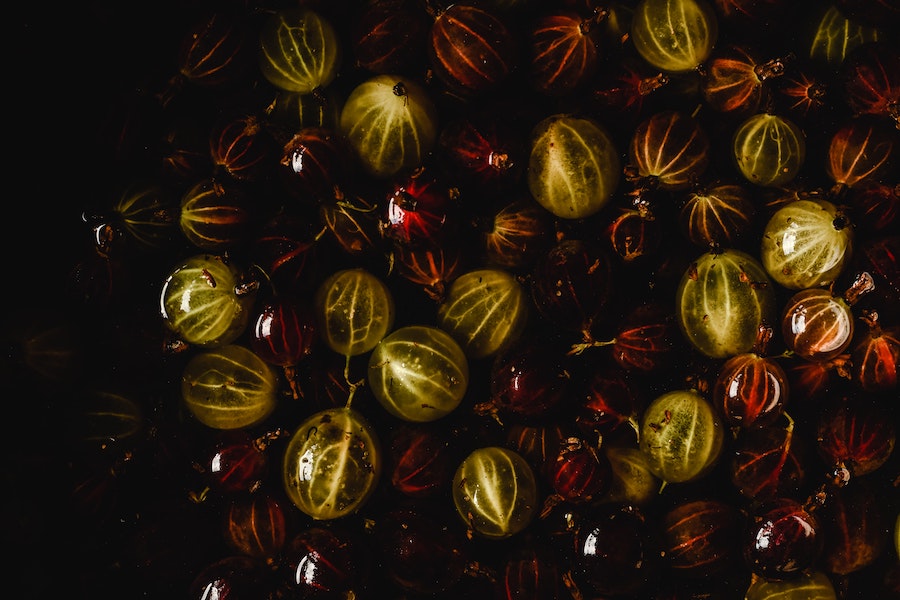Indian gooseberry, otherwise known as Amla, has been used for its health benefits for thousands of years. It’s a tree that’s native to India and the Middle East, and it’s commonly used in Ayurvedic medicine. The Amla has a naturally sour flavor and has a light green color. It’s considered a sacred fruit in the regions that it grows.
Ways to Consume it Indian Gooseberry
It can be eaten whole, but in India is often serves with chili powder, pickle, or turned into sugared candy. There are also popular formulations in the form of tablets, juice, powder, or oil. Take your pick based on personal preference.
In terms of dosage, the daily recommended amount is 1-2 gooseberries, up to 20ML of juice, and up to 5 grams of dried powder.
What Can it Cure?
Indian gooseberry is anti-inflammatory and antibacterial. It has been used over time to increase white blood cells, which can help your body defend itself better. It also has the ability to improve these ailments:
Chronic heartburn – Studies show that taking this substance for 4-6 weeks can reduce both the severity and frequency of heartburn.
Digestion: Indian gooseberry is high in fiber, which keeps your movement regular and stops constipation.
Heart problems and high cholesterol: It strengthens heart muscles and circulates blood more effectively. By reducing bad cholesterol, it also reduces the chance of heart effect.
Diabetes: Thanks to containing something called chromium, Indian gooseberry can help reduce blood sugar for those with diabetes. Just make sure you tell your doctor if you’re on existing diabetes meds.
Eye care: Thanks to Vitamin A and soaring carotene content, this fruit can improve nearsightedness. Both of these substances improve your vision while lowering the chance of night blindness and macular degeneration.
Immunity: This fruit is chock full of antioxidants, which have anti-aging and internal health benefits. During the pandemic, our immune systems could all do with a little extra help. It’s also high in Vitamin C, and because of its form, it’s absorbed more easily than store-bought Vitamin C.
Liver problems: There’s a reason they say that Amla boosts your vitality, and much of that has to do with its ability to detox the liver. Indian gooseberry can stop the effects of toxic metals due to its phytochemicals. Examples of them are quercetin, gallic acid, and ellagic acid detox the body.
Diarrhea: Amla has laxative properties when dosed properly, and it also has cooling properties that can relieve that uncomfortable burning discomfort that comes with Diarrhea
How Does it Work?
Apparently, Indian gooseberry reduces your total cholesterol levels, including triglycerides, without having negative effects on your “good cholesterol,” otherwise known as HDL, or high-density lipoprotein.
What Nutrients is it High in?
There are countless benefits of this age-old remedy. It’s high in fiber, folate, Vitamin A, Vitamin C, and potassium. It also includes calcium, magnesium, and phosphorus.
Side Effects
Just like any other medicinal ingredient, Indian gooseberry has its side effects that have heightened risks or precautions for certain users.
Due to the same bleeding danger, it could cause a risk if you take it before or after surgery. Though it has healing properties, wait a couple of weeks before you have a scheduled surgery.
In certain people, especially those with bleeding disorders, Amla can increase the risk of bruising and bleeding.
If you eat Indian gooseberry on an empty stomach, certain people with sensitivities can experience acidity. For this reason, try to eat before the evening.
Read more:




